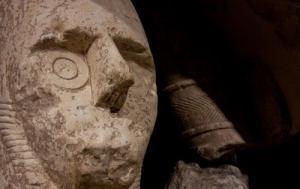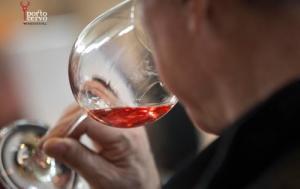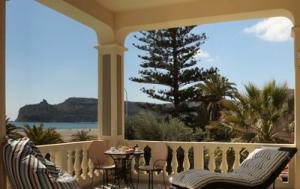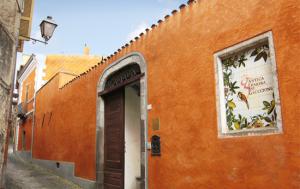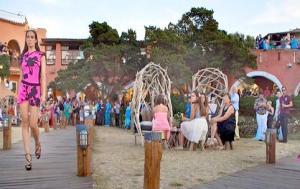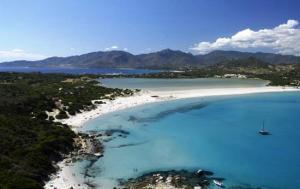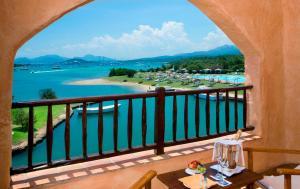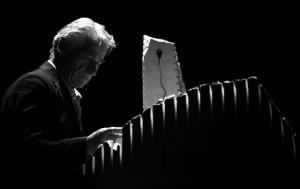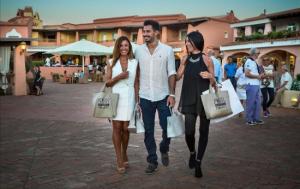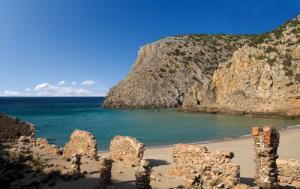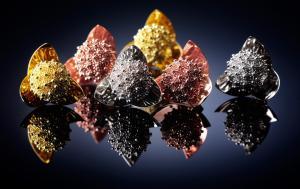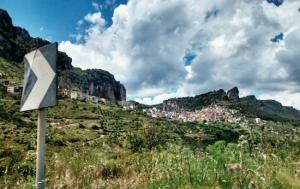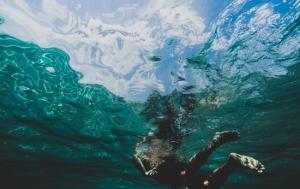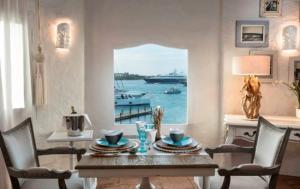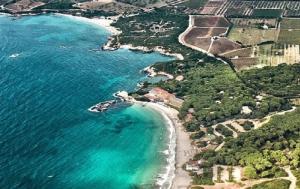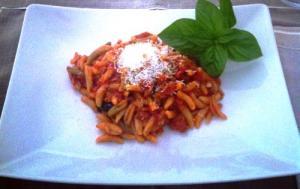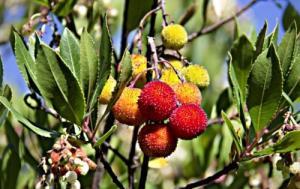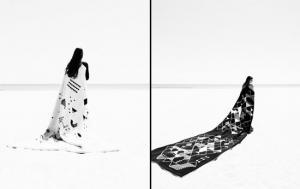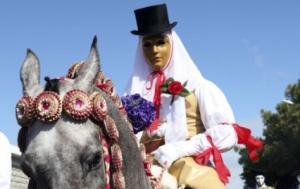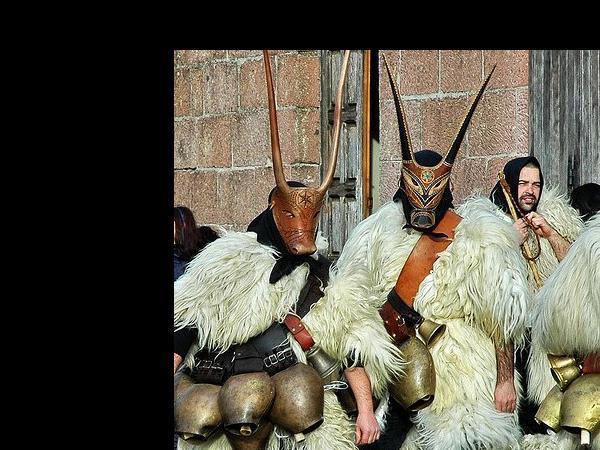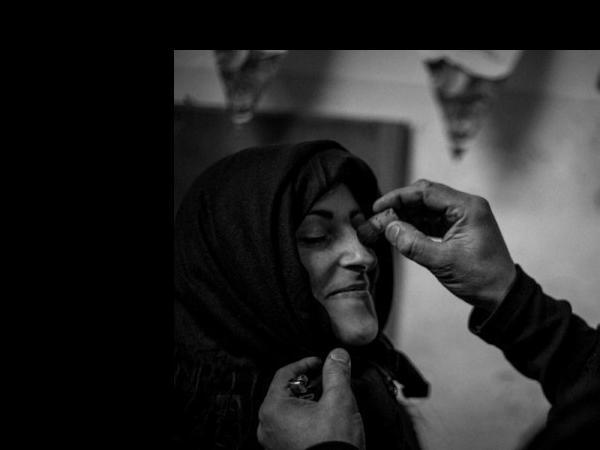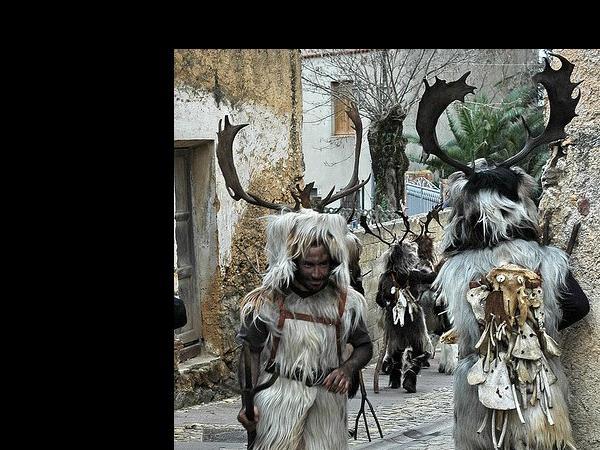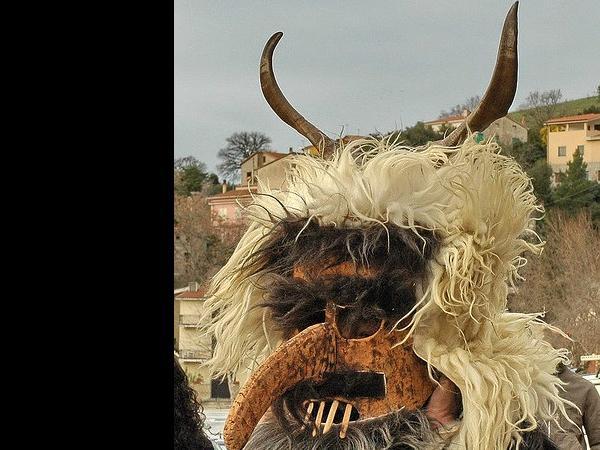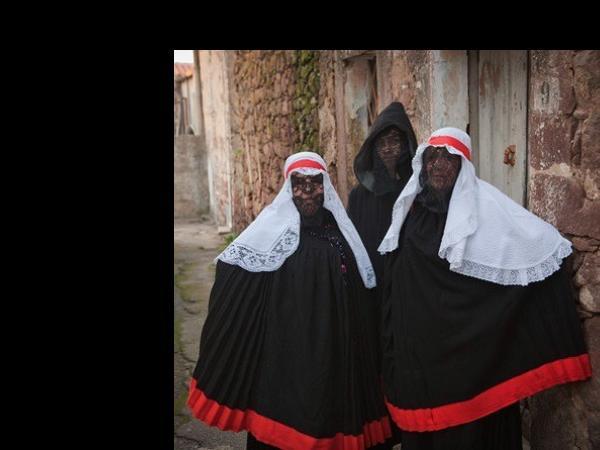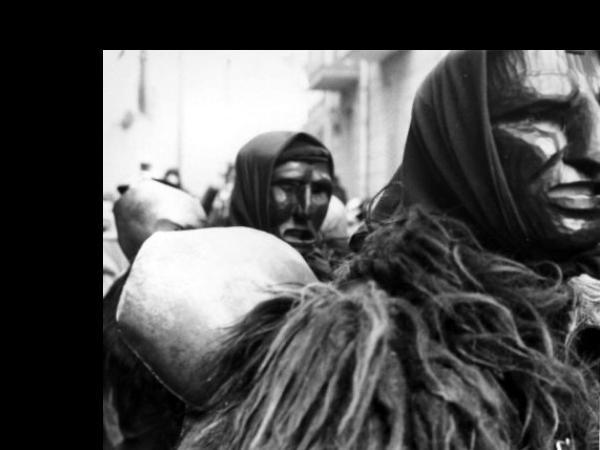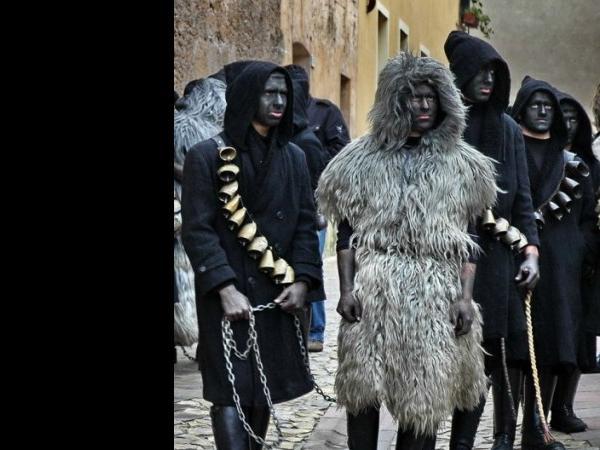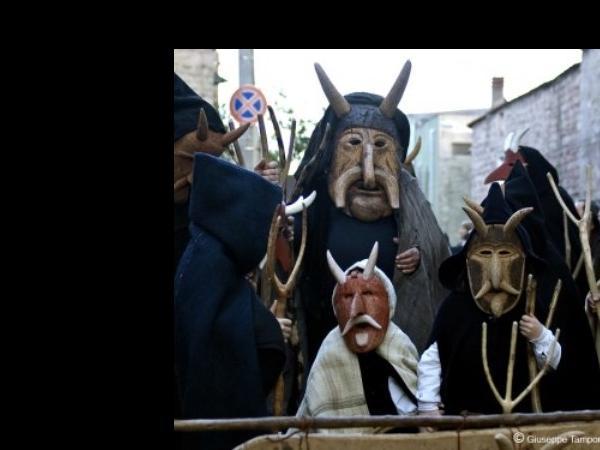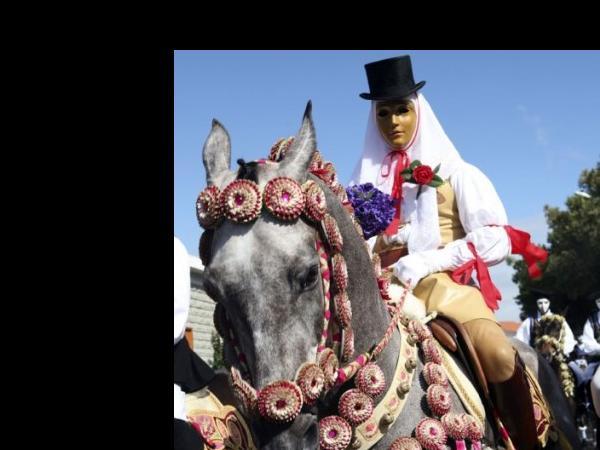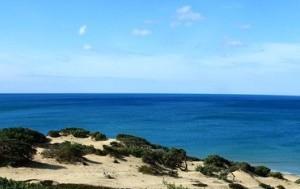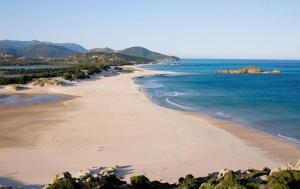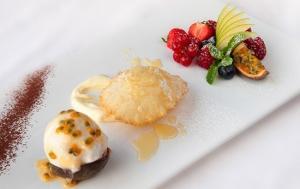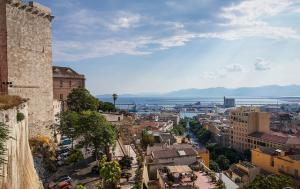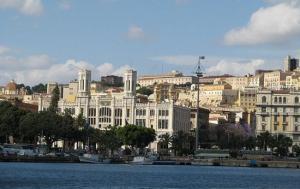Sardinia, land of Giants: the secrets of Mont’e Prama
Submitted by Agata on
Once upon a time there was a majestic, stony army guarding the hill of Sinis, that overlooks the Cabras pond, in western Sardinia. Among its soldiers there were archers, fighters and boxers, each of them easy to recognize according to unmistakable weapons: bows, round shields, boxing gloves respectively. With magical eyes, spiral-carved and emphasized by pronounced eyelashes, the Gigantic sculptures, nearly 3-meter high, stem from blocks of stone as heavy as 400 kilos.

Back in history, in a time ranging from VIII and X b.C., Mont’e Prama was a green, luxuriant oasis hosting a monumental necropolis framed between Mediterranean scrub and lots of short, typical palm trees that gave name to the whole area (Mont’e Prama, translating from Sardinian language, means “hill of palm trees”). Buried for centuries, the Giants, whose origin is even antecedent to the Ancient Greece’s Kouroi, revealed much about a history with no record tracks and still partially mysterious.
Thanks to the Giants, today we know that nearly three-thousand years ago Sardinia was a rich and dynamic island, as well as a strategic point for trades in Western sea. In Sardinia, at that time, there were resources such as precious metals (originating from the region of Montiferru), wine and wood, fine vases, farmed fields, Nuragic villages and architectures. The dynamism, part of the identity of this land, suggests clear stylistic influences by foreign artisans, and undeniable contaminations with faraway Oriental regions such as Anatolia, Syria or even Mesopotamia.
Today, the Giants who escaped the “ethnic cleansing” perpetrated by Cartagens in the middle of IV b.C., are safely guarded behind the glass of two museums: the National Archeological Museum of Cagliari and the Cabras-based G.Marongiu Civic Museum (Province of Oristano).
Carlotta Comparetti is a Sardinian blogger. With Journalism studies in London, today she lives between Cagliari and Berlin, and contributes to blogs and online projects in Italy and abroad. Co-editor of Lollove Mag, online cultural magazine about contemporary Sardinia, Carlotta writes colorful stories for YESEYA and Sardinia Lovers.
